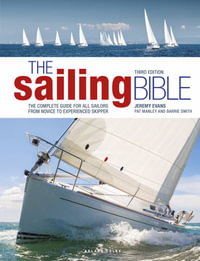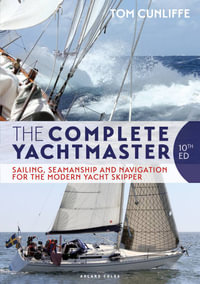
How to Use Plastic Sextants
With Applications to Metal Sextants and a Review of Sextant Piloting
By: David Burch, Tobias Burch (Designed by)
Paperback | 27 September 2010
At a Glance
Paperback
$36.56
Aims to ship in 7 to 10 business days
ISBN: 9780914025245
ISBN-10: 0914025244
Published: 27th September 2010
Format: Paperback
Language: English
Number of Pages: 106
Audience: General Adult
Publisher: STARPATH PUBN
Country of Publication: US
Dimensions (cm): 23.5 x 19.05 x 0.56
Weight (kg): 0.2
Shipping
| Standard Shipping | Express Shipping | |
|---|---|---|
| Metro postcodes: | $9.99 | $14.95 |
| Regional postcodes: | $9.99 | $14.95 |
| Rural postcodes: | $9.99 | $14.95 |
How to return your order
At Booktopia, we offer hassle-free returns in accordance with our returns policy. If you wish to return an item, please get in touch with Booktopia Customer Care.
Additional postage charges may be applicable.
Defective items
If there is a problem with any of the items received for your order then the Booktopia Customer Care team is ready to assist you.
For more info please visit our Help Centre.























